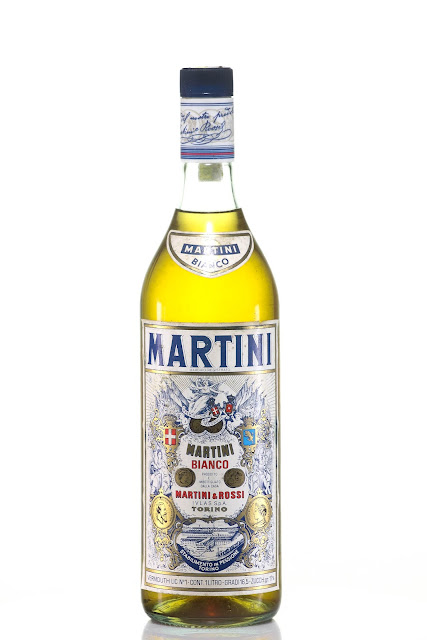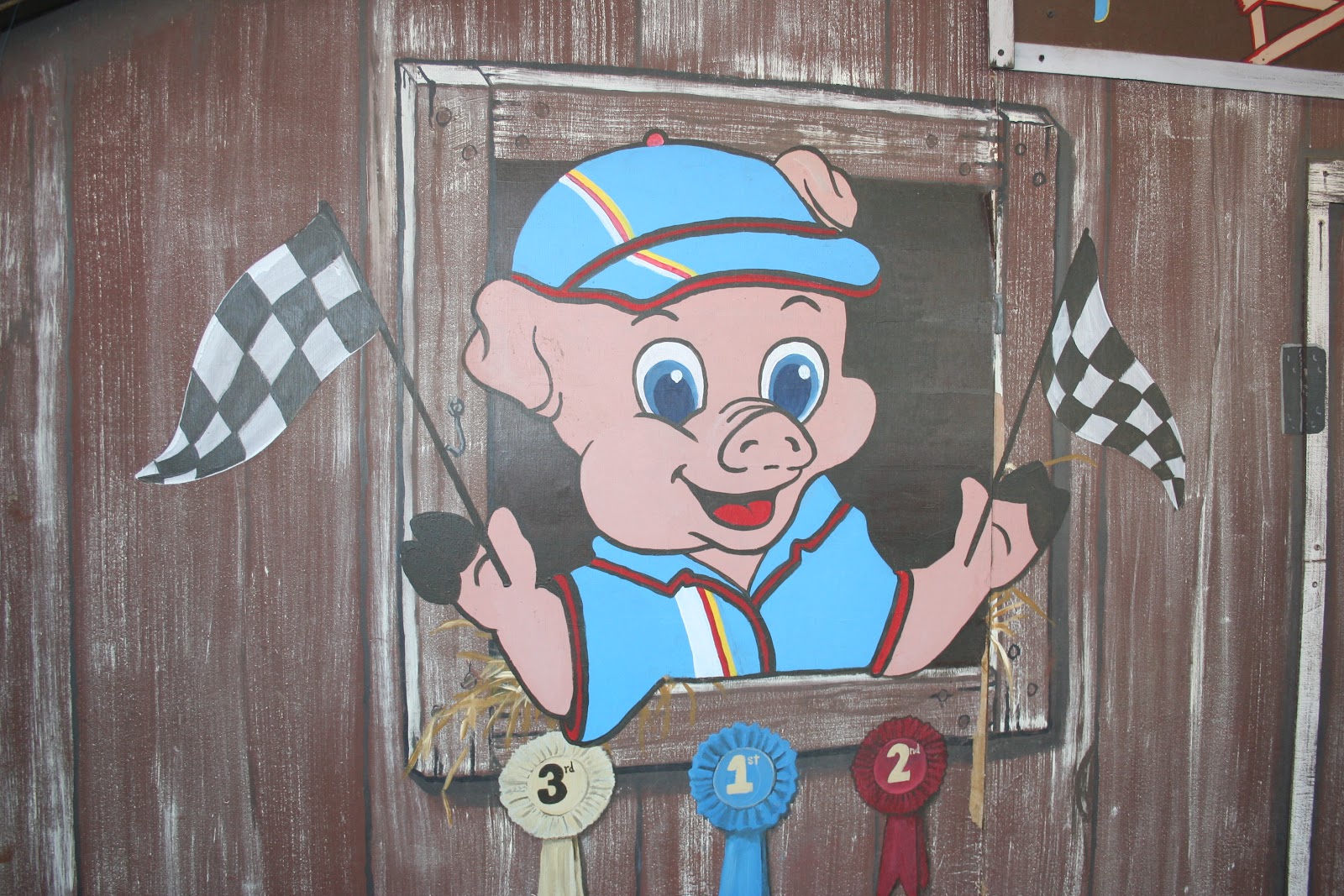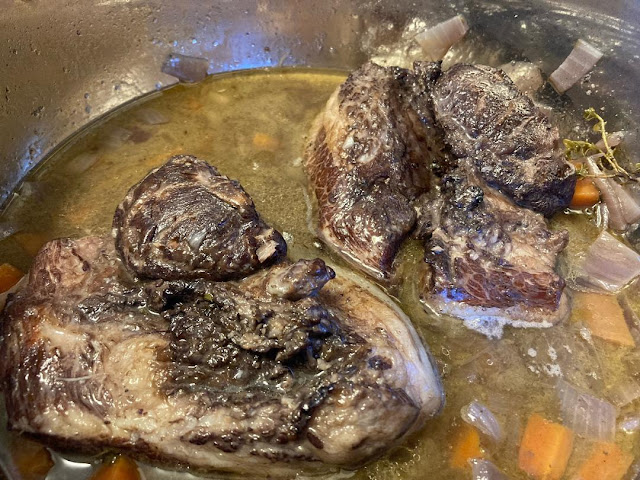There was a great article in the LA Times by Laurie Ochoa (that’s her above, about a million years ago, with Mark Z Danielewski), headlined, ‘If the world has gone digital, why do so many of us still want cookbooks?’ I don’t have an answer to that but I know it’s true in my own case.
Laurie quotes Kate Gibbs of the Guardian, ‘Cookbook sales in the U.S. grew 8% year-on-year between 2010 and 2020, with sales numbers boosted even further by the pandemic.’ Which is slightly, though entirely, surprising.
Laurie also writes, ‘A well-loved cookbook is a well-worn cookbook. We shouldn’t be afraid to get our cookbooks dirty.’ And that may be true but even so I try to keep my cookbooks cleanish, though of course there are exceptions.
But here’s a thing, I obtain a lot of my food (and drink) books secondhand, and honestly I don’t want the pages stuck together by somebody else’s failed attempt at onion gravy. My own failed gravy I can live with.
However, with most of the books I buy this isn’t much of a problem. I would guess that a high percentage of the volumes you find in used bookshops, and especially in charity shops, have been given to people as presents. Not only have these books not been read and cooked from, in many cases they haven’t even been opened.
Here are some of my more or less recent acquisitions: the priceless Ginspiration, bought at a local church sale, yep, I'll go anywhere for a used book:
Jonathan Meades’ The Plagiarist In the Kitchen – reader, it cost 25 pence. Sorry Jonathan.
And here are some from the past, both bought at the same, now closed, local charity shop. Cocktails With Bompas and Parr
And the Book of St John – if you need a recipe for grilled ox heart with beetroot and pickled walnuts, where else are you going to look?
And of course there is Apicius, mine is a 1958 edition and new translation.
I’ve never made anything from it, and judging by its condition neither has anybody else. But that’s not surprising: you have to go a long way before you find somebody who needs a recipe for stuffed dormouse.






























